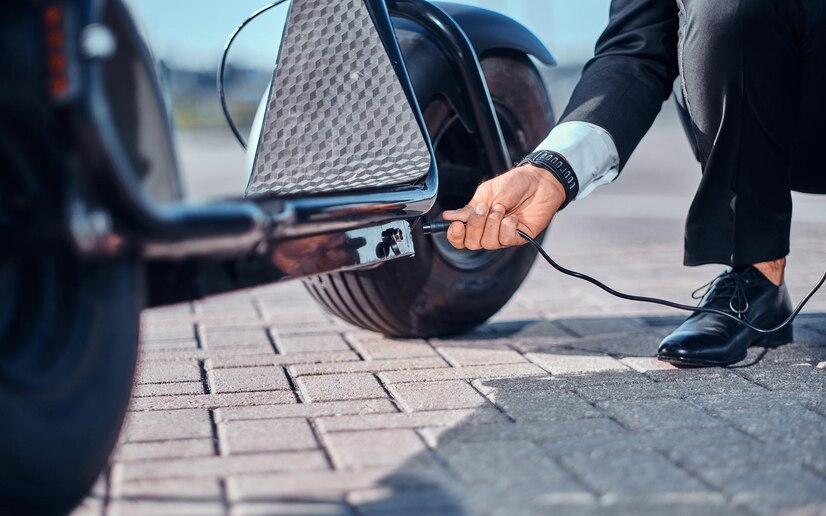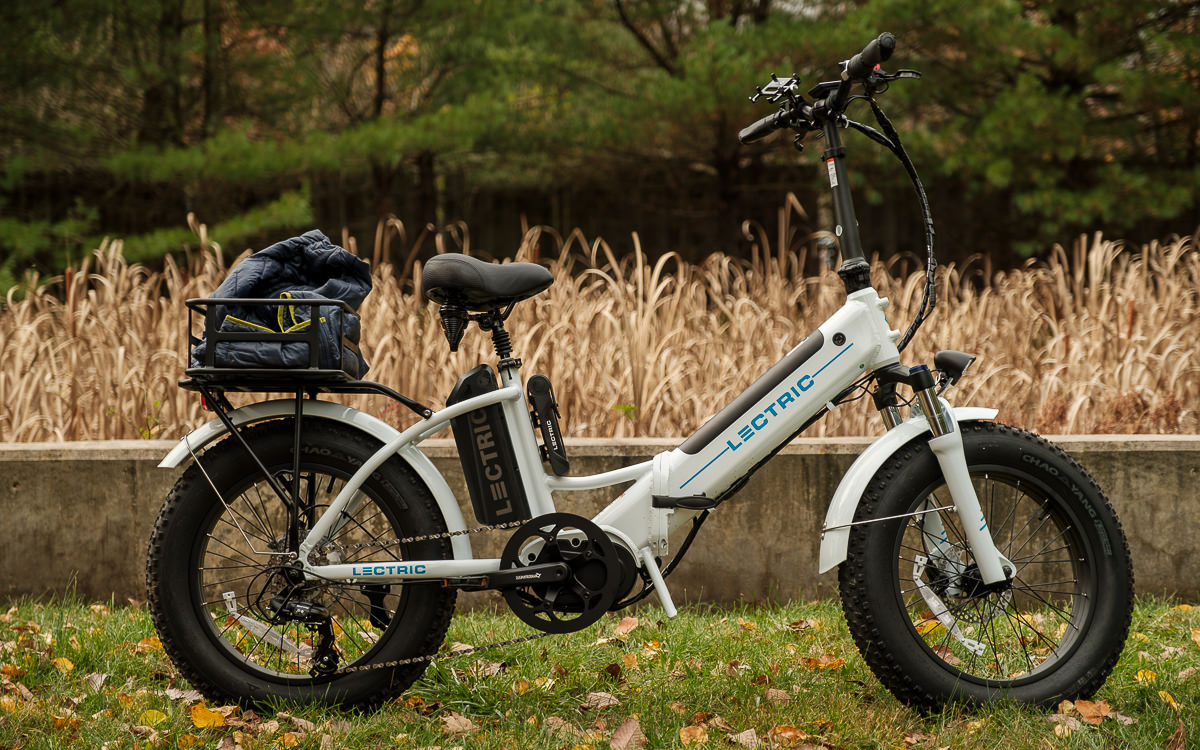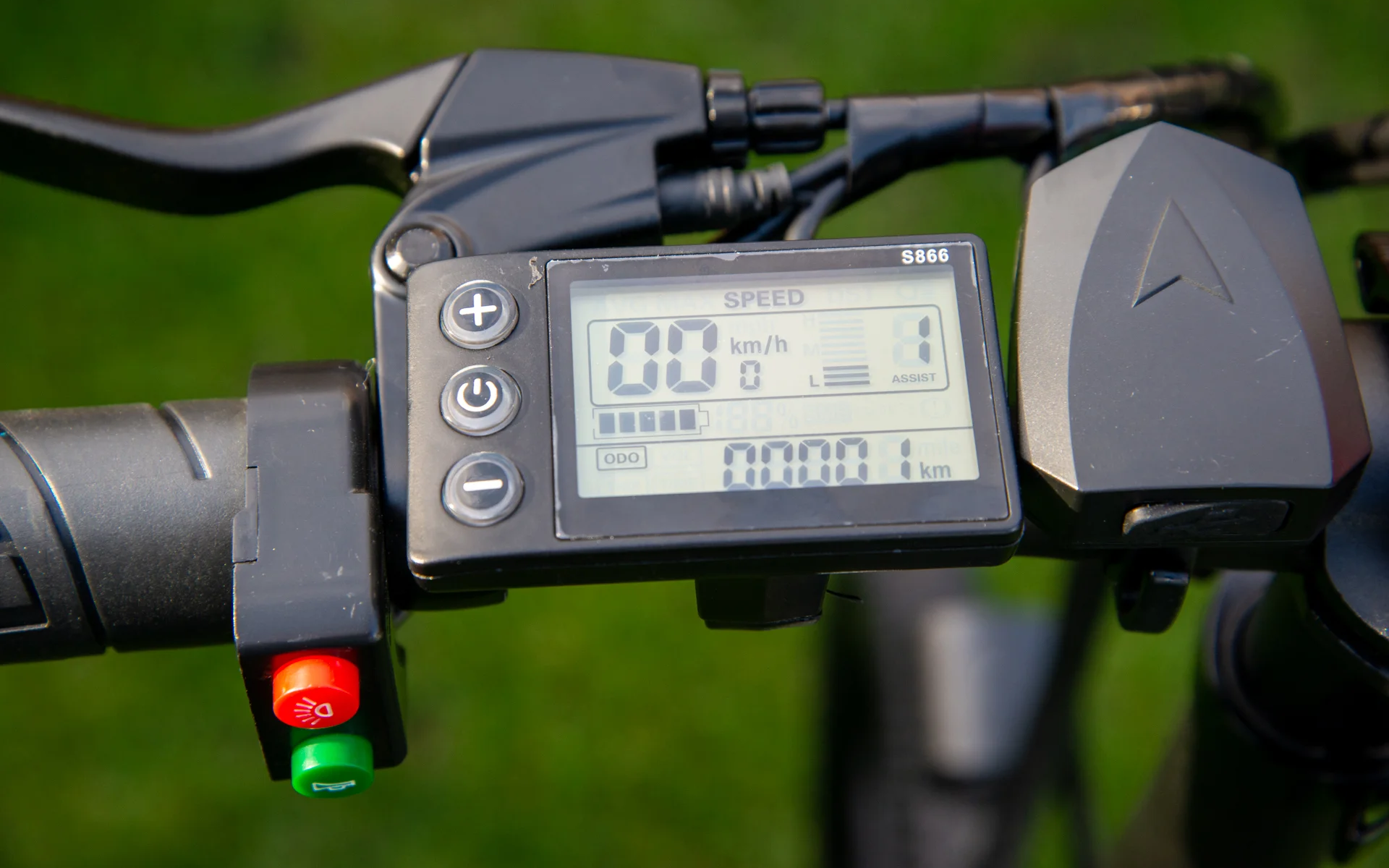A battery is the heartbeat of your electric bike, providing the essential power needed to keep you moving. Proper maintenance and regular recharging ensure a longer battery life span and a smooth and reliable ride every time. Therefore, it is crucial to know how to recharge bike battery.
In this post, we’ll guide you through the simple yet crucial steps to effectively recharging your bike battery. From selecting the correct charger to understanding the charging process, this blog will cover everything you need to know to maintain your bike’s performance and get back on the road confidently.
Keep reading as we break down the process into easy-to-follow instructions, ensuring your e-bicycle is always ready for your next adventure.
Understanding Bike Batteries
Bicycle batteries are pivotal in the world of e-bikes, with lead-acid and lithium-ion batteries being the primary types. While lead-acid batteries are known for their affordability, they are heavier and have a shorter lifespan.

In contrast, lithium-ion batteries are lighter, have a higher energy density, and a longer life cycle, albeit at a higher cost. These batteries store electrical energy through a chemical reaction, releasing it to power the bicycle’s motor, propelling you forward.
Recognizing when to recharge is crucial; if you notice a decrease in your bicycle’s usual range, slower acceleration, or the battery indicator flashing sooner than expected, it’s time to plug in. Regular recharging keeps your e-bike’s heart beating strong, ensuring you have the power to continue your journeys without interruption.
Necessary Tools & Equipment
To recharge an e-bicycle battery efficiently, you’ll need specific tools and equipment. A standard e-bicycle charging kit includes a compatible charger, often provided by the manufacturer, and a power adapter if necessary.

Ensure you have a clean, dry workspace and a stable surface to place your e-bicycle or battery. It’s also wise to keep a multimeter handy to check the battery’s voltage before and after charging. Safety is paramount; always inspect the charger and battery for damage before use.
Avoid charging near flammable materials, and don’t leave the battery unattended while charging. If your e-bicycle battery is removable, charge it in a well-ventilated area away from direct sunlight.
By adhering to these precautions and using the right tools, you can safely maintain your e-bicycle’s power source, ensuring it’s ready for your next ride.
Step-by-Step Guide on How to Recharge Bike Battery
Recharging a bicycle battery is straightforward and can be accomplished by following a series of simple steps. Let’s get started with how to recharge a bicycle battery with a charger.
First of all, preparation is vital, so begin by selecting a well-ventilated area to work in. This will ensure safety and prevent the accumulation of any potentially hazardous gases.
Once you have your location set, turn off the bicycle to disconnect the battery to avoid electrical issues. Carefully identify and disconnect the battery, noting the positive and negative terminals.
The next step is to check the battery’s condition, inspect it for any signs of damage, such as cracks or leaks, and verify the voltage to ensure it’s within the operational range.

If everything looks good, you can select the appropriate charger. It’s crucial to understand charger compatibility with your battery to avoid damage. For ongoing maintenance, consider using a trickle charger, which slowly charges and helps maintain the battery’s power without overcharging.
When you’re ready to connect the charger, correctly attach the positive and negative leads and set the charger parameters according to the manufacturer’s instructions. Now, you’re ready to charge the battery. Monitor the charging process and be aware of the time required for a full charge, as this varies depending on the battery’s capacity and the charger’s output.
Finally, once the battery is fully charged, it’s time to disconnect and reinstall the battery. Turn off the charger before disconnecting to prevent any electrical surges, and then safely reconnect the battery to the bike, ensuring that all connections are secure and the battery is mounted correctly.
Following these steps ensures your bicycle battery is charged efficiently, safely, and ready for your next ride. Remember, regular maintenance and proper charging techniques will prolong the life of your battery and enhance your cycling experience.
Tips for Maintaining a Healthy Bike Battery
Apart from knowing how to properly charge an e-bike, you must know how to maintain your bicycles power source as well. Maintaining a healthy bicycle battery is essential for the longevity and efficiency of your e-bike.

Regular voltage checks are crucial. They help you gauge the battery’s health and ensure it’s operating within the safe range. Avoid deep discharges, as they can significantly shorten the battery’s lifespan.
Instead, recharge your battery before it falls below 20% to preserve its capacity. When storing your bicycle during extended periods of non-use, keep the battery at a 50% charge in a cool, dry place to prevent capacity loss.
By following these simple yet effective tips, you can maintain the health of your bicycle battery and ensure it remains a reliable power source for your rides. Remember, a well-cared-for battery means a more dependable and enjoyable e-bike experience.
Common Mistakes to Avoid
Avoiding common pitfalls can significantly extend the lifespan of electronic devices and ensure safety when maintaining them. One frequent error is overcharging the battery, which can reduce efficiency and lead to overheating.
It’s crucial to disconnect the device once it’s fully charged. Another mistake is using an incompatible charger, which might damage the battery and void the warranty. Always use the charger provided by the manufacturer or a certified alternative.

Additionally, neglecting safety measures, such as keeping devices away from water or extreme temperatures, can result in accidents or malfunctions. Following the guidelines outlined in the user manual is essential to prevent any mishaps.
One can maintain device integrity and functionality by being mindful of these simple yet vital tips.
How to Optimize Battery Range and Lifespan?
Optimizing the range and lifespan of batteries is crucial for the longevity of electronic devices. To achieve this, it’s essential to maintain a moderate charge cycle, avoiding a total of 0-100% charges. Instead, keeping the battery between 20-80% can significantly enhance its lifespan.

Regularly calibrating the battery by allowing it to discharge fully and then charging it to maximum capacity can also help. Avoid exposing the battery to extreme temperatures, as heat can degrade its performance, and cold can diminish its capacity.
For devices not used for extended periods, it is advisable to store the battery at a 50% charge in a cool, dry place. Implementing these strategies can lead to a noticeable improvement in both the operational range and overall lifespan of batteries, ensuring devices remain functional and reliable for extended periods.
How Can I Charge my Bike Battery Without a Charger?
Charging a bicycle battery without a charger can be tricky, but alternative methods can be employed in emergencies. Following are the two ways on how to recharge bicycle battery without charger:
1. Use a USB power bank. If necessary, connect the power bank to the battery with a compatible USB cable and adapter.
2. Use a car battery and jumper cables; however, this requires caution to avoid overcharging. A portable solar panel charger can also be viable, especially for outdoor enthusiasts.

It’s essential to monitor the charging process closely and disconnect once an adequate charge is achieved. These methods should only be used temporarily until a proper charger can be obtained, as they may not charge the battery as efficiently and could potentially affect its longevity.
Always consult the battery’s manual for specific guidance and safety tips.
Conclusion
Now you know very well how to recharge bike battery effectively. Regular maintenance and timely recharging prolong the battery’s life and enhance your bicycle’s performance.
Integrating these practices into your routine is crucial to avoid unexpected breakdowns and ensure reliability. By prioritizing the health of your bicycle’s battery, you contribute to a hassle-free riding experience.
Let this remind you to give your bicycle the attention it deserves, maintaining its vigor for the many journeys ahead. Remember, a well-maintained battery is the key to uninterrupted adventures on the road.
FAQs
Keep it in a cool, dry place and disconnect the battery if storing it for extended periods.
Prices vary widely but expect to pay between $500 to $800 for a quality e-bicycle battery.
It typically takes 3 to 6 hours to charge an e-bicycle battery fully.
A completely dead battery may not recharge but may need professional replacement.



